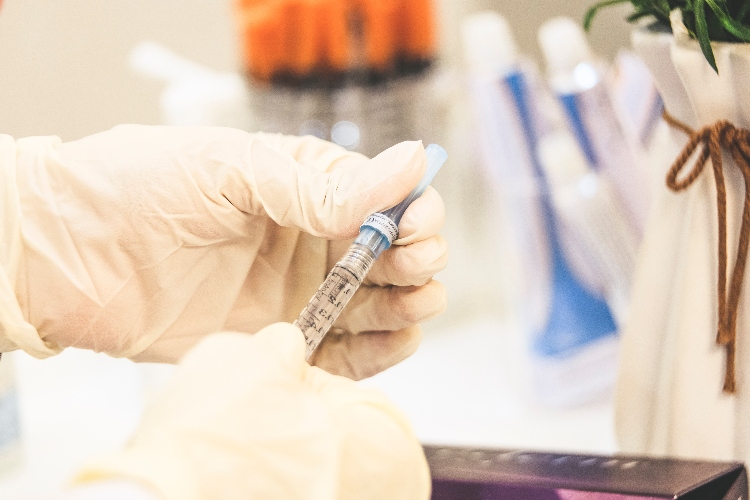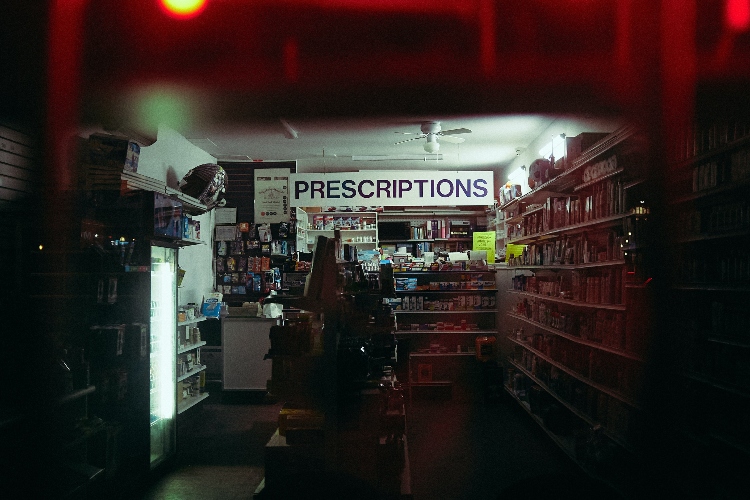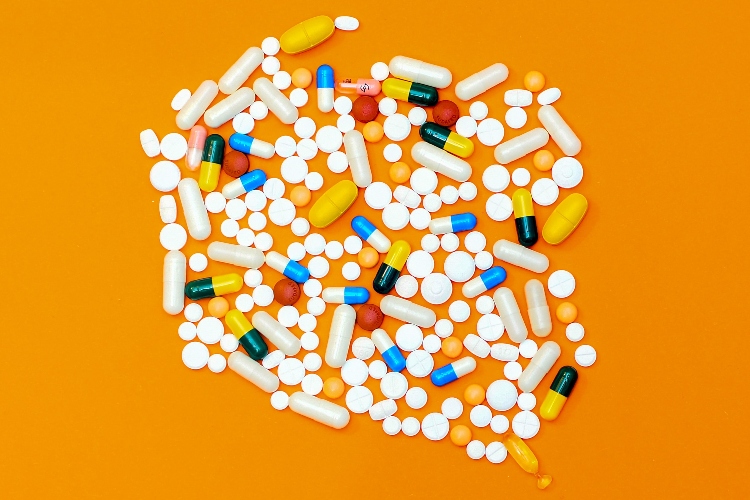Knowing their names and potential dangers that come with abuse can be important to know. Identifying the drug, the differences in strength and abuse is essential to learn in order to fight the opioid health crisis. At Healthy Life Recovery, we offer addiction treatment for prescription opioids, as well as illicit opioids.
How Opioid Strength Is Determined
The strength of this pain relief drug is often determined by its comparison to morphine. Morphine is a medium-strength opioid prescribed to relieve moderate to severe pain. Although extended-release capsules are used to relieve pain that is more severe. This drug comes in the form of liquid or tablet.
They are typically prescribed in terms of “3 times more powerful than morphine” (heroin), or “50 times stronger than morphine” (fentanyl.) The strength of opioid drugs can be affected by a couple of factors which include:
- Tolerance level: When a person is addicted to opioids or has a physical dependence. The frequency and duration of drugs affect the tolerance level.
- Method of administration: Injecting an opioid will have a different effect than smoking, snorting, or swallowing it. Injecting a drug produces instant effects.
Although legal opioid prescriptions have a guaranteed strength, illicit opioids do not have guaranteed strength or purity. Heroin, an illicit street drug, can be cut with other substances and varies in each dose.

The Most Dangerous Opioids
This list is made up of the most dangerous opioids, starting from strongest to weakest.
Fentanyl
Fentanyl is labeled as one of the most dangerous drugs and the most dangerous opioids of all time. This synthetic drug is usually prescribed to treat severe pain for surgeries. Compared to heroin, it is 50 times more potent.
Although this is a prescription drug for pain relief, it has gained popularity onto the streets. Often, street dealers will add fentanyl to heroin, resulting in a drug overdose and even death. When someone has no tolerance to opioids and consumes the smallest amount, they are at risk for a fatal overdose.
Heroin
Heroin is the second strongest opioid that is derived from morphine. Most opioids have a medical purpose for pain relief, while heroin does not. Heroin is an illegal substance that is highly addictive, and overdosing is a possibility.
Heroin enters the bloodstream quickly, whether in the form of a sticky black substance, or white or brown powder. This drug brings sensations of euphoria.
Regardless of the method of administration, it has a high possibility of addiction and overdosing. Deaths involving heroin are common. This is because it is made in a lab, and it can be hard to tell what chemicals are mixed in.
Hydromorphone (Dilaudid)
Hydromorphone, also called Dilaudid, is a prescription pain reliever for severe pain. This drug produces feelings of relaxation and sedation and can be dissolved and injected similarly to heroin. People who suffer from opioid use disorder will use Hydromorphone in substitution for heroin.
Oxymorphone (Opana)
Oxymorphone, sold under the brand name Opana, is prescribed for moderate to severe pain. Oxymorphone still has the potential for abuse and is dispensed in a pill form. However, it can be made a liquid for injection use. This drug is still abused on the street as an illicit drug.

Methadone
Methadone is a strictly regulated opioid that is used to treat opioid addiction and reduce opioid withdrawal symptoms. People assume that this drug is safe since it is used to treat opioid disorders, which is not the case. Abusing this drug puts people at a high risk of overdosing as well as other adverse health reactions. Taking Methadone against a doctor’s order is illegal.
Oxycodone (Oxycontin, Roxicodone, Percocet)
Next on the list is Oxycodone, sold under the brand names Percocet, Roxicodone, and Oxycontin. It is perhaps one of the most commonly prescribed opioids for moderate to severe chronic pain. Oxycodone has the potential for abuse because of its sedative and calming effects.
Morphine
Morphine is naturally derived from the opium poppy plant. It is still very potent, despite not being a synthetic drug. Its potency is similar to Oxycodone and is prescribed in place of other opioids that don’t provide enough pain relief. When being abused, people usually prefer it injected, for an instantaneous effect.
Hydrocodone (Vicodin, Lortab)
Hydrocodone is the most commonly prescribed opioids in the United States. In 2017 there were about 83.6 million hydrocodone prescriptions. The use of this drug is quite diverse between hydrocodone diversion, street use, and polydrug abuse. This also includes drinking while under the influence of hydrocodone. Frequently a person abusing hydrocodone will graduate to a strong, more potent opioid.
Codeine
Codeine is a prescription cough syrup used to reduce a chronic cough. It can also treat moderate pain when combined with Tylenol. Its potency is on the weaker side but still has the ability to be abused.
Meperidine (Demerol)
Meperidine, also called Demerol, was the first synthetic opioid. Even though Meperidine isn’t as potent as the other opioids previously listed, it can be abused. Building a tolerance and physical dependence can develop quicker with Meperidine than more potent opioids. It can be just as dangerous, if not more dangerous than the previous opioids listed.
Tramadol (Ultram)
Tramadol, or its brand name Ultram, has a low risk of tolerance, abuse, and physical dependence. Although this is the weakest opioid, it can still be abused and lead to addiction.

Get Help For Opioid Abuse
According to the National Institute on Drug Abuse, about 8 to 12 percent of people prescribed opioids become addicted. Knowing the most dangerous opioids on the market is valuable information and can prevent or help with this popular addiction.
If you or a loved one is abusing opioids, no matter what level of strength, seek help as soon as possible. Misusing even weaker opioids can lead to tolerance and addiction. Our San Diego drug rehab provides medication-assisted treatment to help with any withdrawal symptoms. To learn more about our program for opioid abuse and addiction, give us a call today.
Call Now
We're Here To Help!
Location
San Diego, CA 92109






